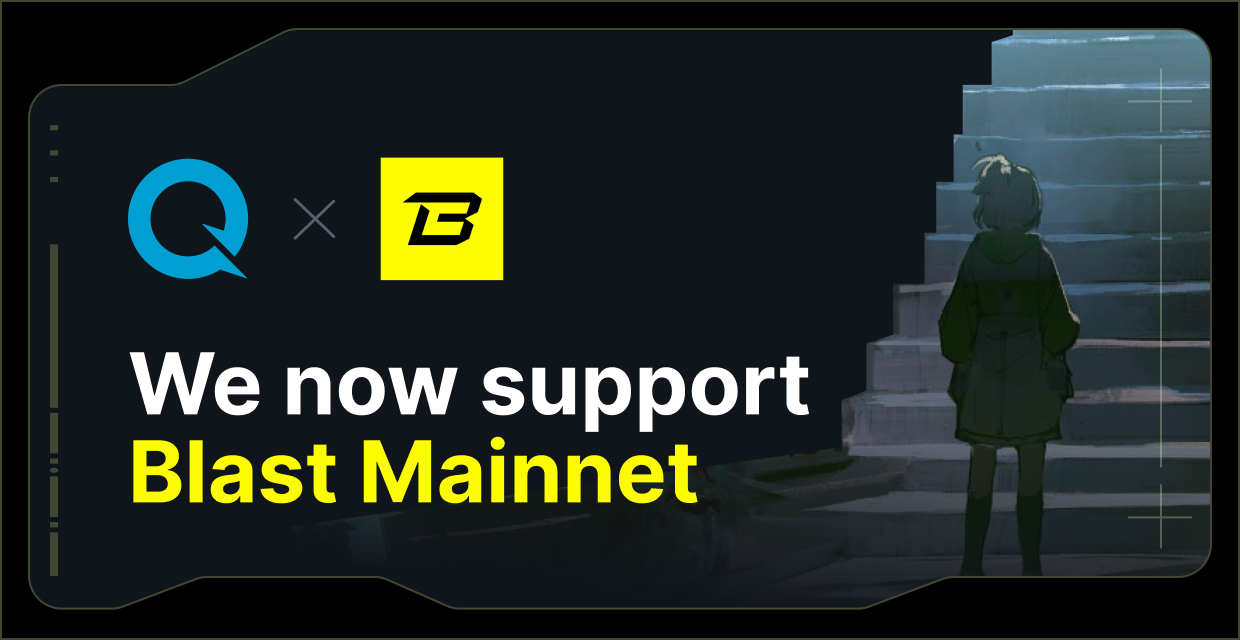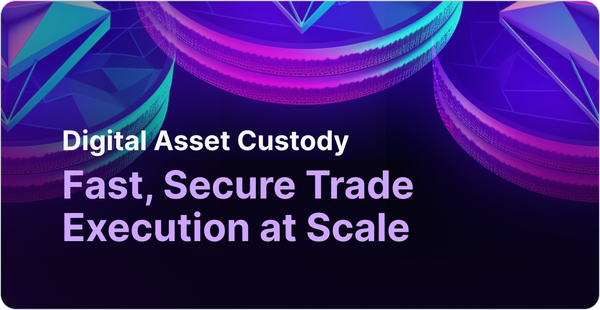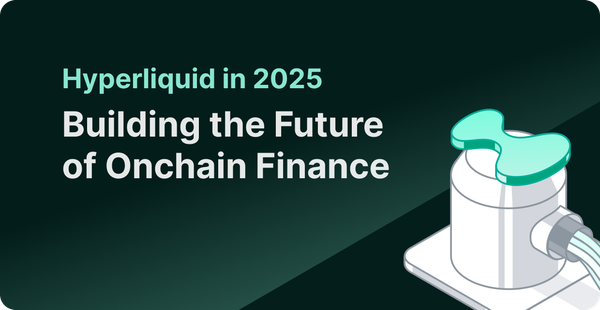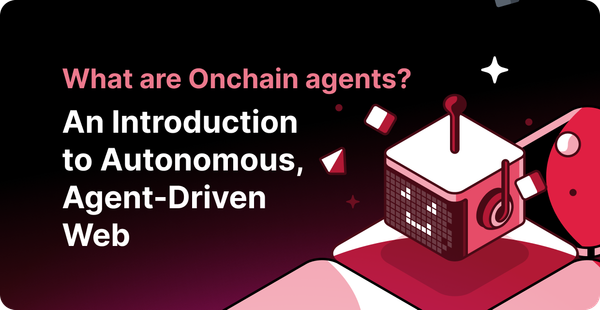Introducing Blast Mainnet on QuickNode
Unleash the power of Blast with QuickNode. Dive into seamless blockchain development on Blast with QuickNode's robust and powerful developer tools.

QuickNode is now supporting Blast Mainnet, an innovative layer-2 blockchain that brings native automated rebasing and gas-sharing models to the mainstream. The partnership aims to help developers build on Blast easily and leverage these novel mechanisms to serve their users better.
What is Blast?
Blast is an EVM-compatible optimistic rollup — a layer 2 network designed to provide native yield for both users and developers.
Since launching in November 2023, Blast has grown exponentially, leading to their current TVL (total value locked) of nearly USD 2 billion.
Blast relies on Ethereum for network security and consensus mechanism with Proof-of-Stake (PoS). The Blast network also offers easy integration with oracle services like Pyth and Redstone for real-time data feeds and off-chain connectivity.
Data on Blast is organized and easily accessible for dApps and users alike, thanks to their integration with The Graph to index and query blockchain data efficiently.
Apart from these, Blast offers three key features:
Automatic rebasing of assets
The first key feature is the automatic rebasing of assets like ETH and stablecoins to distribute staking rewards. Bridged ETH is auto-staked on Lido, with the 4% yield sent back to users via periodic rebasing of balances. This allows simplified access to staking returns.
USDB: Blast-native stablecoin
USDB is an auto-yielding stablecoin that leverages the rebasing functionality of Blast and hands down the accrued value to the end user. USDB integrates with MakerDAO and its on-chain US Treasury bill (T-Bill) protocol to generate yield.
Gas revenue sharing
Finally, Blast shares a portion of fee revenue with smart contract developers. Receiving fee payouts reduces costs and boosts liquidity for dApps. This creates superior developer experience and incentives that can be further passed down to users.
Potential use cases of Blast
Thanks to their native yields and other innovations, Blast can unlock use cases like:
1. Stablecoin finance: The USDB stablecoin is ideal for building fiat tokenization, lending protocols, and saving bank alternatives on Blast.
2. NFT marketplaces: Near-zero gas fees facilitate more accessible NFT minting and trading.
3. Metaverse: Virtual worlds and games can utilize Blast for in-world tokenomics. Real estate and items can generate automated yields.
Start building on Blast with QuickNode
QuickNode is a leading blockchain infrastructure platform that provides developers with high-performance node management services. Using QuickNode, developers can build, deploy, and scale decentralized applications easily.
Today, QuickNode adds its infrastructural support to the Blast L2 mainnet.
QuickNode enables faster transaction processing, reduced latency, and enhanced scalability through its developer toolkit and node management services. This support is crucial for developers looking to build dApps and protocols on Blast.
Benefits of using QuickNode for building on Blast:
Scalability: Developers can scale their dApps on Blast network effortlessly, accommodating growth without compromising performance.
Speed: Developers can achieve lower transaction latency and faster data access on the Blast network, enhancing the user experience of dApps.
Support: QuickNode provides comprehensive support and resources, including documentation, best practices, and customer service.
Step-by-step guide on setting up a QuickNode Account
1. Visit QuickNode's website: Go to QuickNode's official website and click on the "create account" button.
2. Create an account: Fill in the required details to create your account. You will need to verify your email address as part of the process.
3. Choose what you need: Currently, QuickNode offers three services — Endpoints, QuickAlerts and Streams for developers looking to build on Blast.
Here’s a brief of the three offerings:
Endpoints are a connection point to the Blast blockchain. This gives you access to full and archive nodes that sync the latest blockchain state and help enable indexed queries.
Alongside, QuickNode offers an elastic API that handles spikes in traffic volume, ensuring high uptime even during a mass user influx. QuickNode also offers tools to debug transactions, troubleshoot smart contracts, and optimize dApps before going live.
Streams: Streams allow setting up real-time data pipelines from the Blast blockchain into external destinations. Developers can configure new data streams through QuickNode. These streams can flow data into various endpoints like webhooks, AWS S3 buckets, database tables, etc. Developers can further pick out 5 raw dataset options made available by QuickNode.
Using QuickNode, Blast's stream data can be specified from the earliest genesis block to the latest real-time blocks or a custom range.
QuickAlerts: QuickAlerts allows you to create custom expressions and receive real-time notifications for a variety of activities. These can include monitoring wallets, contracts, NFTs, tokens, transactions, blocks, validators, etc.
Why QuickNode?
QuickNode makes blockchain infrastructure easy, freeing developers to focus on the dApps they’re building instead of everything that goes into running a node, such as DevOps/NodeOps, uptime, scaling, security, etc.
We save developers valuable time, getting their dApp to market faster while taking away the headache of node maintenance and synchronization. QuickNode is an indispensable tool for dApp developers’ arsenal that was created by developers for developers. Visit our guides section for more information.
Today, the QuickNode network processes over 200 Billion requests per month across over 13 regions worldwide.
About QuickNode
QuickNode is building infrastructure to support the future of Web3. Since 2017, we've worked with hundreds of developers and companies, helping scale dApps and providing high-performance access to 25+ blockchains. Subscribe to our newsletter for more content like this, and stay in the loop with what's happening in web3!





